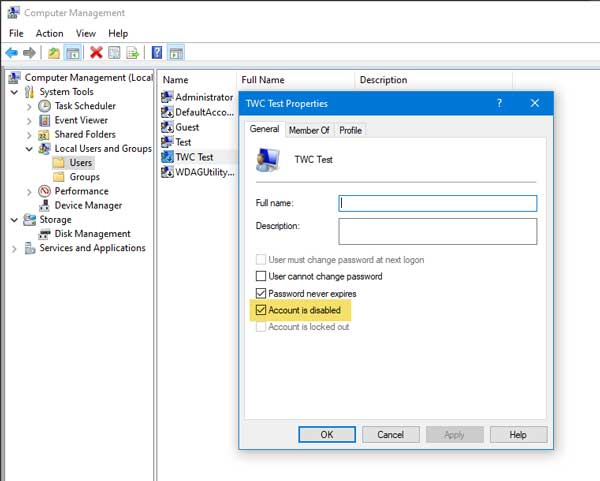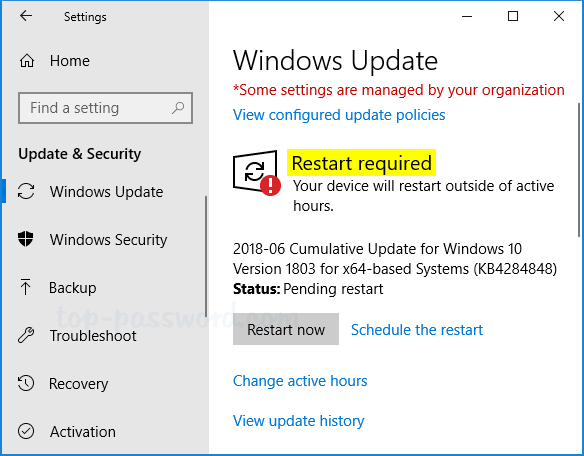
 Copy the GoogleUpdate.adm file into the Policy Definitions folder. Download the administrative template (ADM). Open Group Policy and go to Computer Configuration Policies Administrative Template Google Google Update to verify that the template loaded correctly. (Example: C:\Windows\PolicyDefinitions\en-US) In the GoogleUpdateAdmx/en-US folder, copy the google.adml and GoogleUpdate.adml files and put them in the en-US folder in Policy Definitions.
Copy the GoogleUpdate.adm file into the Policy Definitions folder. Download the administrative template (ADM). Open Group Policy and go to Computer Configuration Policies Administrative Template Google Google Update to verify that the template loaded correctly. (Example: C:\Windows\PolicyDefinitions\en-US) In the GoogleUpdateAdmx/en-US folder, copy the google.adml and GoogleUpdate.adml files and put them in the en-US folder in Policy Definitions.  Copy google.admx and GoogleUpdate.admx and put them in your Policy Definitions folder. Download and unzip the administrative template XML-based (ADMX). Download the appropriate Google Update policy template for your Windows network: Microsoft Windows Vista and later Microsoft Windows 7 and later supports both ADM and ADMX templates. I could always roll them back one at a time and recapture/redeploy, but that could take the rest of the week.Use an administrative template to install and define policies for Google Update. I imagine it's a Windows Update that caused this, but can't imagine which one based on the descriptions. I've compared the unattend.xml file to previous versions and they're the same, and the appropriate 'net user Administrator /active:yes' is in the correct place as it has been from the beginning.
Copy google.admx and GoogleUpdate.admx and put them in your Policy Definitions folder. Download and unzip the administrative template XML-based (ADMX). Download the appropriate Google Update policy template for your Windows network: Microsoft Windows Vista and later Microsoft Windows 7 and later supports both ADM and ADMX templates. I could always roll them back one at a time and recapture/redeploy, but that could take the rest of the week.Use an administrative template to install and define policies for Google Update. I imagine it's a Windows Update that caused this, but can't imagine which one based on the descriptions. I've compared the unattend.xml file to previous versions and they're the same, and the appropriate 'net user Administrator /active:yes' is in the correct place as it has been from the beginning. 
I tried logging in as the local Administrator, but received the standard "Your account has been disabled." error.Īs I said, this is just an update of an image we've used since deploying Windows 7 and this is the first time this has happened. This didn't happen however, and instead it just sits at the Ctrl+Alt+Del screen. During a test deployment, after the image is plunked onto the laptop, then devices are detected, it's supposed to log into the Administrator account and run through the antivirus install task sequence. About once a month I turn it on, apply any software/windows updates that are needed, and capture a new image using Microsoft Deployment Toolkit (after using hyper-v's snapshot feature of course), which I then import into the workbench and update the deployment share like I normally do. I have a hyper-v installation of Windows 7 Enterprise that we use for imaging purposes.







 0 kommentar(er)
0 kommentar(er)
